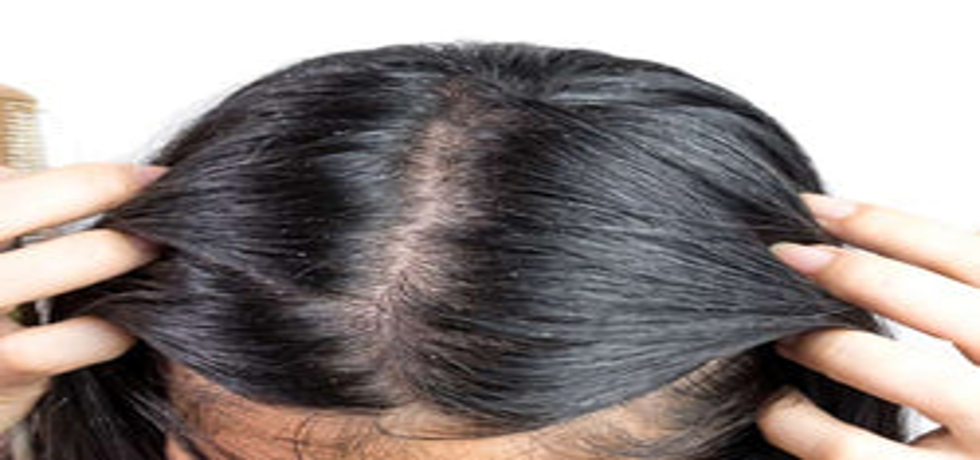
Understanding Seborrheic Dermatitis: Myths, Causes, Symptoms & Treatments
Introduction to Seborrheic Dermatitis
What is Seborrheic Dermatitis?
Seborrheic dermatitis is a common skin condition often affecting oily areas such as the scalp, face, upper back, and chest. Characterized by red, flaky patches of skin, seborrheic dermatitis can lead to dandruff, especially when it occurs on the scalp. While it is commonly seen in infantswhere it’s known as cradle capthis condition can also persist into adulthood. Understanding seborrheic dermatitis can help you manage its symptoms effectively.
Debunking Myths About Seborrheic Dermatitis
One prevalent myth is that seborrheic dermatitis is caused by poor hygiene. In reality, while proper cleansing can help manage the symptoms, its more about the skins oil production and the presence of a yeast-like fungus. Another misconception is that it is contagious; however, seborrheic dermatitis is not spreadable between individuals. Knowing these truths can empower you in dealing with the condition.
Causes of Seborrheic Dermatitis
The exact cause of seborrheic dermatitis is currently unknown, but it is believed to stem from a combination of factors. An overproduction of oil in the skin and an irregularity in the levels of Malassezia yeast contribute significantly to the condition. External factors, including stress, weather changes, and poor dietary habits, may further exacerbate the symptoms of seborrheic dermatitis.
Symptoms to Look Out For
People suffering from seborrheic dermatitis may experience various symptoms such as flaky, itchy skin, greasy patches that are covered with scales, and noticeable redness. These symptoms are often localized around oily areas, particularly the scalp, face, and chest. If you notice these signs, its advisable to consult with a dermatologist for proper diagnosis and management.
Who is Likely to Develop Seborrheic Dermatitis?
Individuals with a family history of seborrheic dermatitis are at a higher risk of developing the condition. Others may include those dealing with obesity, environmental stressors like pollution, and various skin conditions such as acne or psoriasis. Immune system challenges like HIV or neurological conditions such as Parkinson’s disease can also elevate ones risk.
Diagnosis Process
If you suspect you have seborrheic dermatitis, a dermatologist will perform a thorough examination of your skin. Sometimes, a biopsy may be necessary to differentiate it from similar conditions like psoriasis. Ensuring an accurate diagnosis is crucial for effective treatment and management.
Treating Seborrheic Dermatitis
Treatment for seborrheic dermatitis varies from person to person. Many dermatologists recommend medicated shampoos containing active ingredients such as hydrocortisone, antifungal treatments, or topical corticosteroids. Natural remedies, including tea tree oil, apple cider vinegar, and olive oil, can also help alleviate symptoms. These treatments are often found effective in managing flakes and itchiness associated with seborrheic dermatitis.
Managing Cradle Cap in Infants
For infants showing signs of cradle cap, it typically resolves on its own. However, gentle scalp massages and using mild shampoos can enhance the healing process. Be cautious with over-the-counter treatments, and always consult with a qualified dermatologist.
Preventive Tips
Prevention is a vital step in managing seborrheic dermatitis. Regularly using an anti-dandruff shampoo and keeping your scalp clean and dry can help. Avoiding harsh hair products and excessive heat styling can also reduce irritation.
When to Consult a Dermatologist?
While seborrheic dermatitis isnt a severe condition, persistent symptoms warrant a consultation with a dermatologist. If home treatments fail to yield improvements, professional guidance can be essential for managing the condition effectively.
Conclusion
Understanding seborrheic dermatitis is crucial for effective management and treatment. This skin condition may be uncomfortable, but with proper care and genuine resources, symptoms can be kept at bay. Always consult with your healthcare provider for tailored advice that suits your individual needs.
For professional assistance and expert advice from leading dermatologists like Dr. Hital Patel, experience the benefits of understanding seborrheic dermatitis with Hair & Skin Specialist Dr. Hital Patel at The Skin Artistry. Our clinics in PDPU Gandhinagar, Vastrapur Ahmedabad and Hyderabad (Visiting Consultant) offer top-quality care and personalized treatments. Visit us today to learn more about our services and take advantage of our special offers! For more insights, updates, or to collaborate, stay connected with The Skin Artistry.

